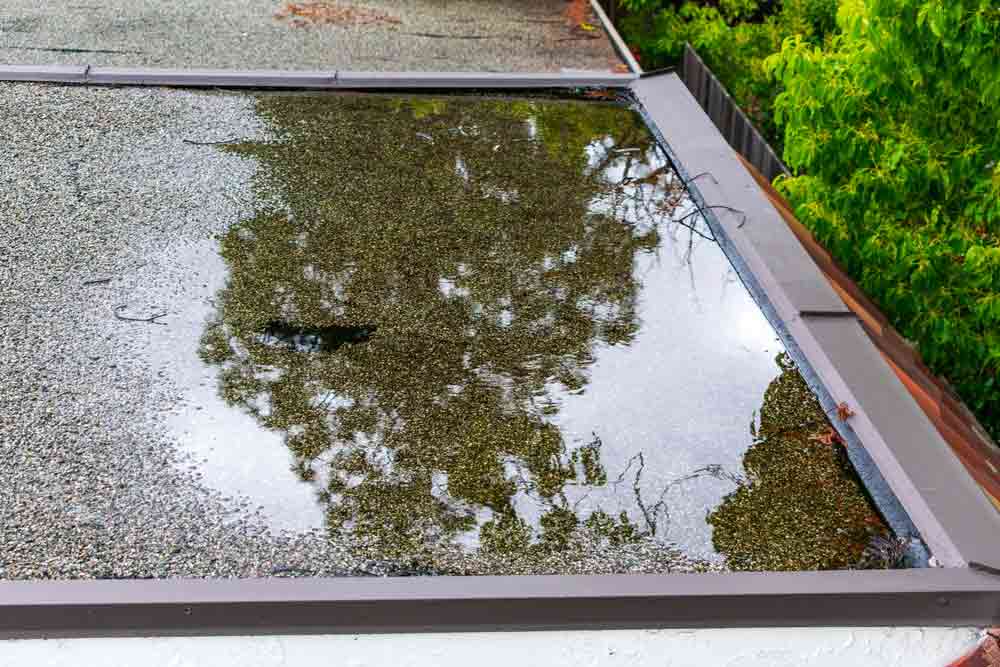BLOG >
How To Reduce The Risk Of Flooding On Your Property After Heavy Rain
Northern Rivers locals understand the damage heavy rain and flooding can leave on a property. With this year's Lismore floods, the thought of more flooding is devastating — that’s why investing in risk-reduction methods is crucial.
With another La Niña weather event likely coming back this spring and summer, now is the time to prepare. Keeping these tips in mind can reduce your property’s flooding risk and ensure your family and belongings remain safe.
Table of Contents
1. Identify your risk levels
Identifying your current risk levels is the first step to reducing your property’s flooding risk. This approach can help you create a personalised plan that meets your property's and your family’s needs.
The Queensland Government’s FloodCheck tool can help you find flood information relevant to your local area, including historical flood records and flood maps. This data can help you identify your property’s risk levels and plan accordingly.
2. Maintain an outdoor water runoff and drainage system
Properly installing outdoor drainage and water runoff systems is crucial. In the event of heavy rain, these systems will reduce water buildup on your property, significantly lowering flood risk.
Maintaining your drainage system to ensure it works as expected is essential.
Blocked drains
and damaged pipework can actually contribute to flooding rather than reduce it, so make sure to check your system regularly.
A rain barrel is a large container that collects and
stores rainwater. These barrels effectively reduce flood risk because they collect and store water during storms, preventing it from running off the roof and into storm drains.
During heavy rain, water from the roof will flow into the rain barrel. As a bonus, you can use the collected water for tending to your thirsty plants, washing your car, or cleaning up around the house!
4. Invest in a sump pump
Installing a
sump pump (a submersible pump) is a simple and effective way to reduce the risk of flooding in your home. If your area is particularly prone to flooding, we highly recommend installing one of these devices, especially if any part of your house sits below ground level.
Sump pumps automatically detect excess water levels as they accumulate in the pump’s tank or pit. The machine will pump water away from your property through a dedicated discharge line. A
licensed plumber can install a sump pump in a dry well or storm drain. Some older properties even have them connected to the sewer.
5. Keep roof and street drains clean and clear
Blocked
roof gutters and stormwater drains are common causes of flooding, even in areas with low flood risk. As leaves, dirt, and debris build up over time, these drains are liable to blockage, so regular cleaning is essential.
While you can clean roof gutters or stormwater drains independently, because of the safety risks, we recommend hiring a professional to get the job done right. A licensed plumber will have all the tools necessary to clear any environmental matter or other buildups from the drain.
Your local council may be responsible for maintaining stormwater drains in some areas. You may contact them and request cleaning if this is the case.
Start reducing flood risk today
Flooding is a common concern in the Northern Rivers region. Installing a risk management system is the best way to maintain peace of mind.
To effectively reduce flood risk, hiring a professional plumber to install your water management systems is a smart idea. The friendly team at
Mid Richmond Plumbers can help you keep your property safe. Drop us a line on
02 6683 2281 or
contact us online today.









